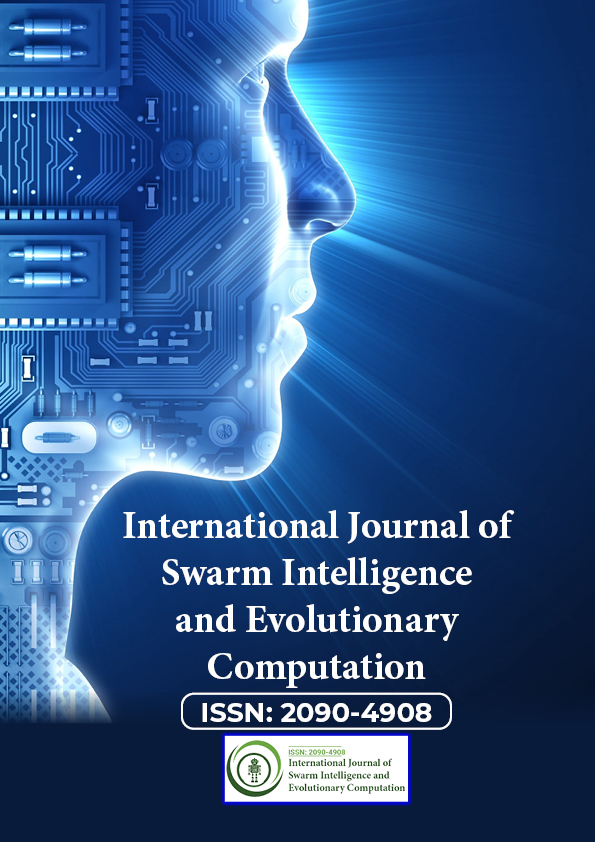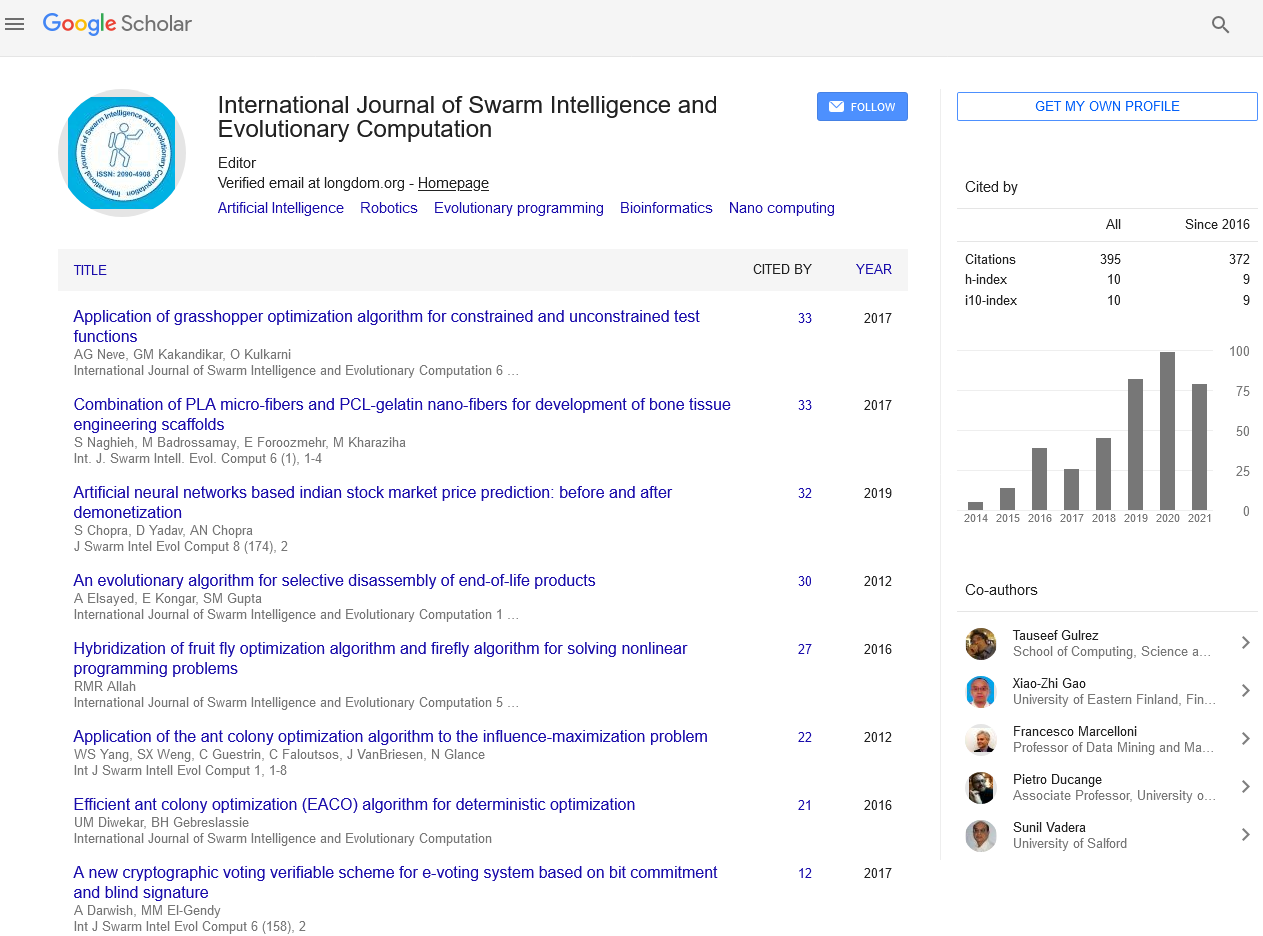Indexed In
- Genamics JournalSeek
- RefSeek
- Hamdard University
- EBSCO A-Z
- OCLC- WorldCat
- Publons
- Euro Pub
- Google Scholar
Useful Links
Share This Page
Journal Flyer

Open Access Journals
- Agri and Aquaculture
- Biochemistry
- Bioinformatics & Systems Biology
- Business & Management
- Chemistry
- Clinical Sciences
- Engineering
- Food & Nutrition
- General Science
- Genetics & Molecular Biology
- Immunology & Microbiology
- Medical Sciences
- Neuroscience & Psychology
- Nursing & Health Care
- Pharmaceutical Sciences
Commentary - (2022) Volume 11, Issue 7
Autonomic Computing and its Significance
Blessy Jackson*Received: 16-Jul-2022, Manuscript No. SIEC-22-17813; Editor assigned: 18-Jul-2022, Pre QC No. SIEC-22-17813(PQ); Reviewed: 05-Aug-2022, QC No. SIEC-22-17813; Revised: 16-Aug-2022, Manuscript No. SIEC-22-17813(R); Published: 26-Aug-2022, DOI: 10.35248/2090-4908.22.11.263
Description
Autonomic computing refers to a computer's ability to manage itself automatically through adaptive technologies that enhance computing capabilities while reducing the time required by computer specialists to fix system issues and perform other maintenance such as software updates. The shift toward autonomic computing is motivated by a desire to reduce costs and remove the barriers posed by computer system complexities in order to allow for more advanced computing technology.
Autonomic computing is a self-managing computer model named after and inspired by the autonomic nerve system of the human body. An autonomic computing system would operate computer programmes and systems without user input, similar to how the autonomic nerve system maintains physiological functions without conscious input from the human. The purpose of autonomic computing is to construct self-running systems capable of high-level functionality while hiding the system's complexity from the user.
Autonomic computing is commonly utilized in cloud computing environments because it provides self-monitoring, self-repairing, and self-optimizing features that increase overall cloud system performance. Although autonomic computing may be employed in almost any setting, it has demonstrated the ability to deliver unrivalled levels of performance improvement in cloud systems because to its dynamism, scalability, and complicated behavior. According to IBM, an autonomic system must be able to function optimally and follow an efficient algorithm for all computing processes. This capacity is also known as an autonomous system's self-adjusting or self-tuning capability. Both resource usage and workload management are components of these qualities.
The primary goal of autonomic computing is to create computer and software systems that can manage themselves with little or no human intervention. An autonomic system is one that can adapt to changes, which might be caused by changes in the system's own state or the state of its surroundings. As a result, an autonomic system necessitates detecting mechanisms to detect changes (sensors), reaction mechanisms to respond to changes as they occur, and a decision making engine to make the correct assessment. An autonomic system fulfils one or more of the autonomic self-properties, where self can be any of the following: self-configuration, self-healing, self-optimization, and selfdefence.
The concept of autonomic computing is based on natural autonomic systems. Human autonomic nerve systems and colonial insect self-regulation, such as bees and ants, are examples of such systems. Individual component behaviors in an autonomic system contribute to higher-order self-maintenance features of the group as a whole. The ability to recover from external damage or internal faults is referred to as self-healing. Self-organization refers to the ability to coordinate component parts and processes toward a common objective; self-protection refers to the ability to combat external risks to operation; and self-optimization refers to the ability to manage all resources and components to optimize operation.
Significance
The primary benefit of autonomic computing is lower total cost of ownership. Breakdowns would be less common if maintenance costs were greatly reduced. The network will only require a small number of employees to run. The benefit of autonomic computing will be reduced in maintenance cost, deployment, time, and increased stability of IT systems through automation. Another advantage of this technology is that it allows for data consolidation to optimize system capacity while also reducing the cost and human activity required to manage enormous server farms.
Citation: Jackson B (2022) Autonomic Computing and its Significance. Int J Swarm Evol Comput. 11:263.
Copyright: © 2022 Jackson B. This is an open-access article distributed under the terms of the Creative Commons Attribution License, which permits unrestricted use, distribution, and reproduction in any medium, provided the original author and source are credited.


